Sardine Fish Cakes
Sardine Fish Cakes, flavoured with dill and lemon, are soft within and have a golden crispy breadcrumb coating. Economical and good for you, richly flavoured tinned sardines make a fantastic and easy fish cake.
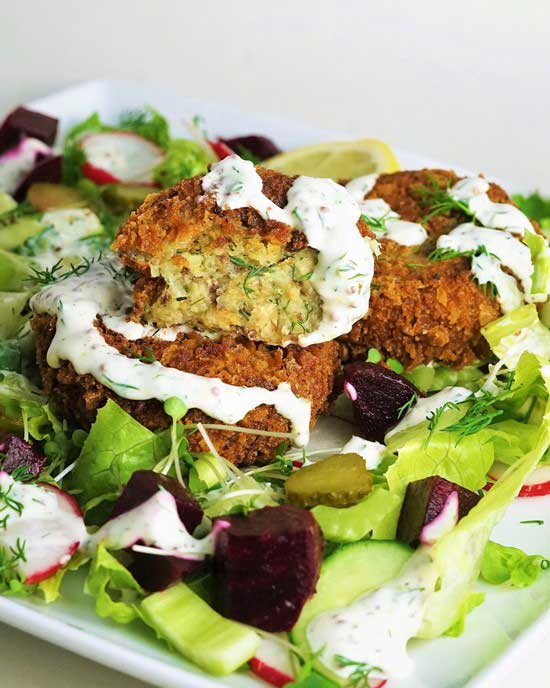
I love to eat them with a super-quick mayo and yogurt dill and mustard sauce on top of a big, fresh salad.
Jump to Recipe
FISH CAKES
Legendary food writer Jane Grigson described British-style fish cakes as food of ‘basic purity and goodness’. And I have to agree with her.
Because there’s something so pleasing about a well-made fish cake. Inside, they’re soft with potato and fish, well flavoured but not overpoweringly so. On the outside, there’s a contrastingly crispy coating of golden breadcrumbs fried to perfection.
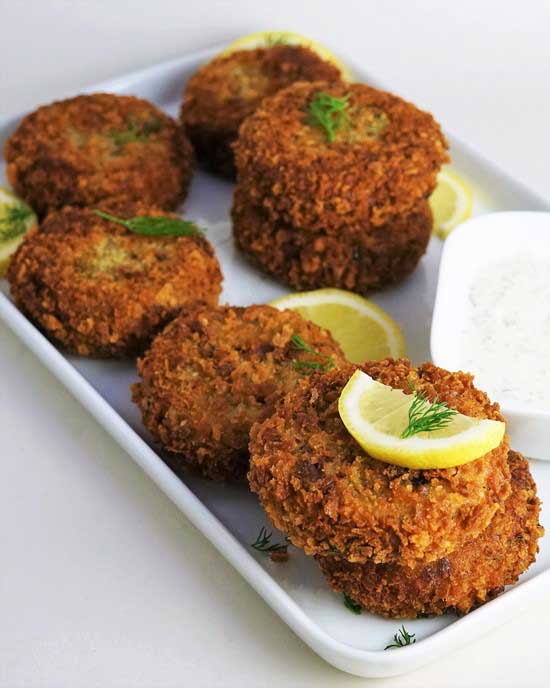
Requiring relatively few ingredients, and simple ones at that, homemade fish cakes can be a real treat. But while they’re often made with cod, smoked haddock, or salmon, the recipe I’m sharing today uses tinned sardines.
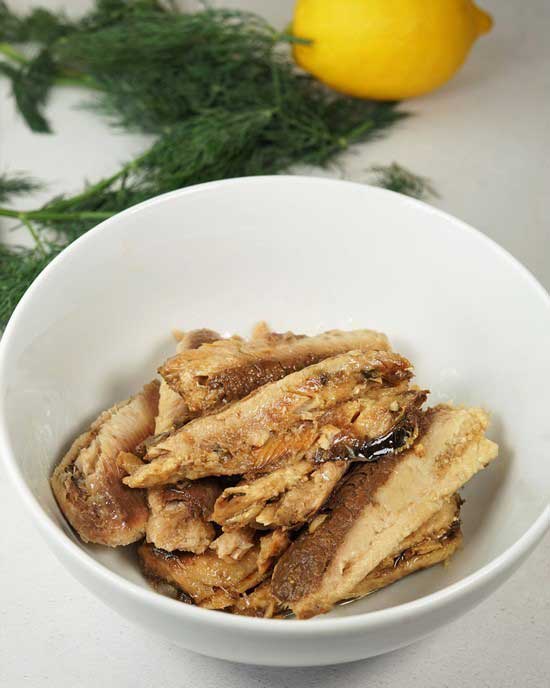
Economical, healthy, widely available, and with a long shelf life, I think tinned sardines are a great choice for fish cakes. Not least because I love the rich flavour they bring.
While recipes using cod, haddock or salmon usually advise using half and half fish and potato, you can use a lower amount of the stronger-tasting sardines. Which makes Sardine Fish Cakes even more economical.
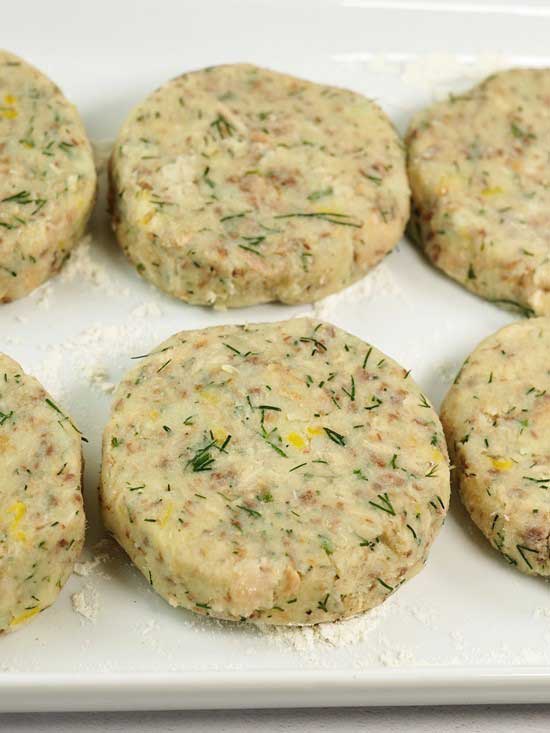
But even if you’re not on a budget, I hope you’ll try them. Flavoured with dill and lemon, accompanied by a mind-blowingly easy dill and mustard sauce, I think you’ll be surprised at just how good the humble fish cake can be.
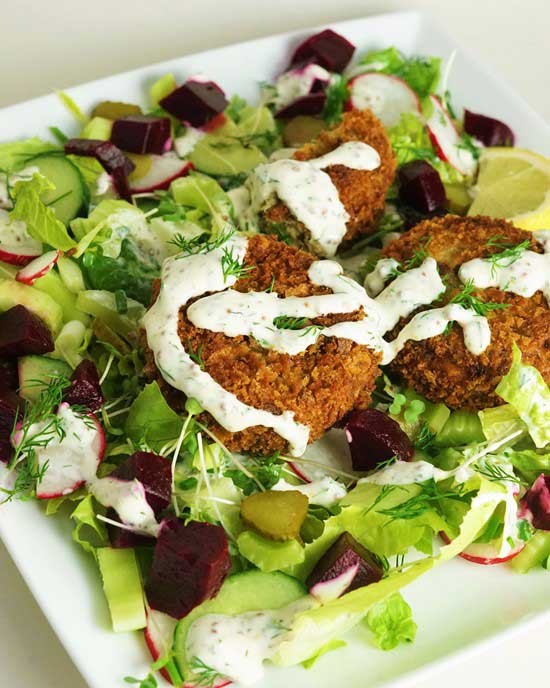
THE SARDINES
As well as tinned sardines in various sauces, flavours, and oils (tomato, spring water, brine, sunflower oil and olive oil are the most common), these days they don’t have to be bone-in. Because you can also buy them boneless and skinless. For my Sardine Fish Cakes, I recommend sardines in olive oil, but you can use bone-in or boneless.
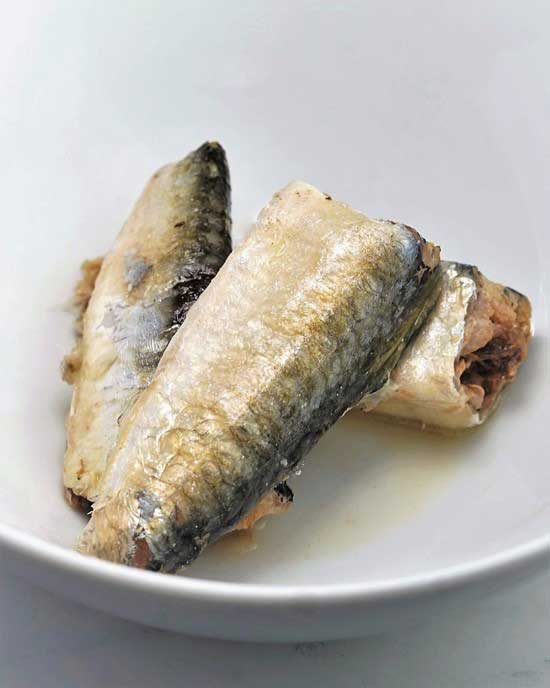
Bone-in are incredibly cheap. At the time of writing, you can buy them for as little as 36p – 40p a tin. If you don’t mind a bit of crunch, then you can leave the calcium-rich bones in. I must admit though, I usually pay extra for skinless and boneless.
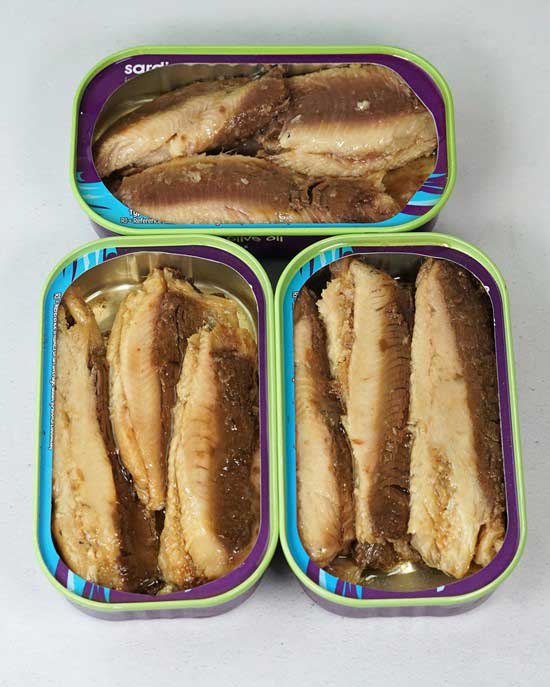
Whichever you choose, check the tin to find the drained weight. For my recipe, you need 180 grams in total after draining. Boneless tins tend to be smaller, so you may need 3 of these, but only 2 of bone-in sardines (assuming you aren’t going to remove the bones yourself).
OTHER INGREDIENTS FOR SARDINE FISH CAKES
The other main ingredient is mashed potato. As with all mashed potato, to get the best results you’ll need a floury potato (as opposed to waxy). Maris Piper, King Edward, Rooster, or Russet are all good choices. Approximately 500 grams before peeling, or 4 medium potatoes, is plenty. I use a knob of butter to mash them, but you can reserve a little oil from the tinned sardines and swap that in if you prefer.

To flavour the Sardine Fish Cakes, I love the slightly grassy, subtly aniseed flavour of dill. If you can’t get fresh dill, you can substitute a little dried but try to add some fresh parsley as well to give it a lift. I also add the chopped zest of a lemon to cut through the richness of the fish.
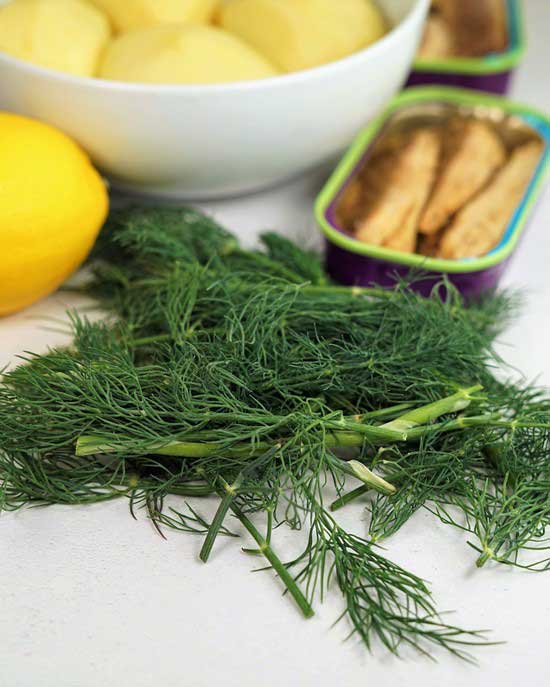
One of the joys of fish cakes is the contrast between soft inner and crunchy outer. To create the crispy coating, you’ll need a little flour, an egg beaten with a tablespoon of water, plus some breadcrumbs.

By the way, don’t be tempted to leave off the coating. As there’s no flour in the fish cakes themselves, they won’t hold together when it comes to frying. They really do need that protective layer.
DILL & MUSTARD SAUCE
Something I always serve with these fish cakes is a dead simple, creamy sauce or dressing. It can be made well in advance and will be fine in the fridge for a day or so.
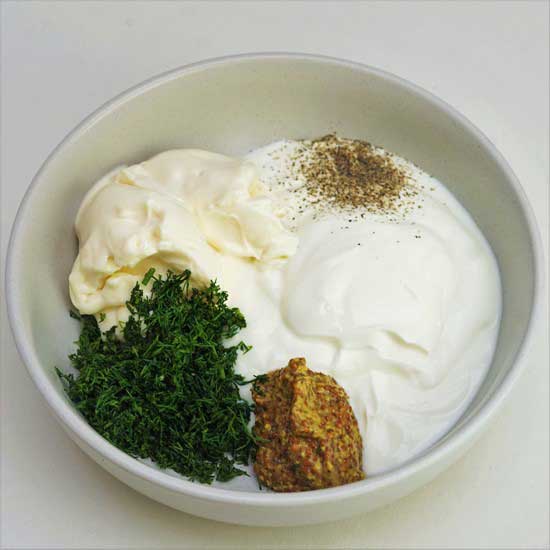
It’s just mayonnaise lightened with the same amount of plain yogurt, flavoured with mustard and more fresh dill. I love wholegrain mustard because of the texture but you could use hot English or sweeter French-style if you like.
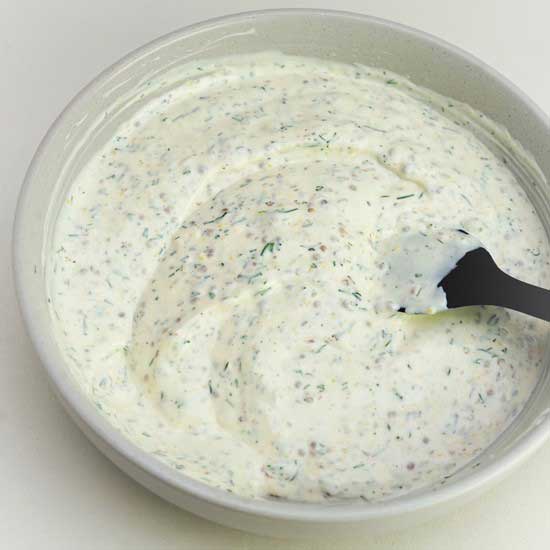
All you do is stir everything together with some black pepper. You may or may not need to add salt, depending on the saltiness of your mayo and mustard.
EASY SARDINE FISH CAKES
If you’ve made fish cakes of any kind before then you’ll be pleased to know that making Sardine Fish Cakes is probably exactly the same as your usual method. Apart from you don’t have to bother cooking any fish as we’re using tinned!
And if you’re new to homemade fish cakes then you’re about to discover just how easy they are.
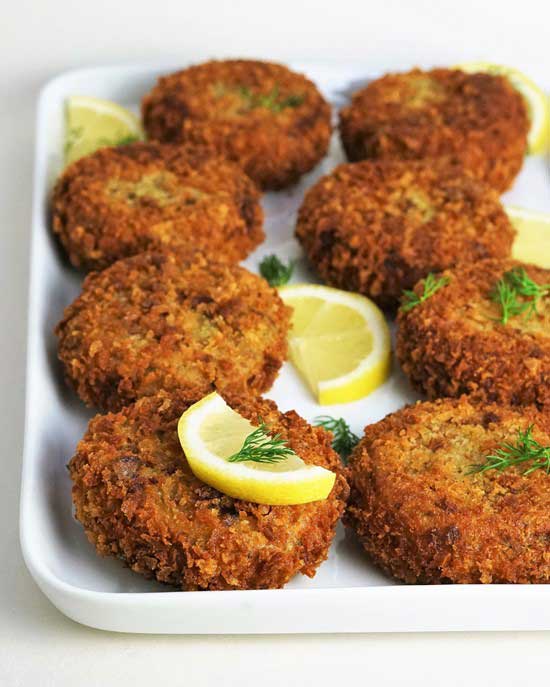
One of the things I especially like is that you can do lots of the steps in advance and do the final cooking just before you want to eat. You can also pause the fish cake making process at various points by chilling them in the fridge and coming back when convenient.
You’ll find a recipe card at the end, but here’s a step-by-step overview.
1. COOK THE POTATOES & OPEN SARDINES
The potatoes should be peeled, washed, cooked in boiling, salted water until only just tender then drained in a sieve and rested for a few minutes. As they sit there, they’ll continue to cook a little which is why we want them only just tender.
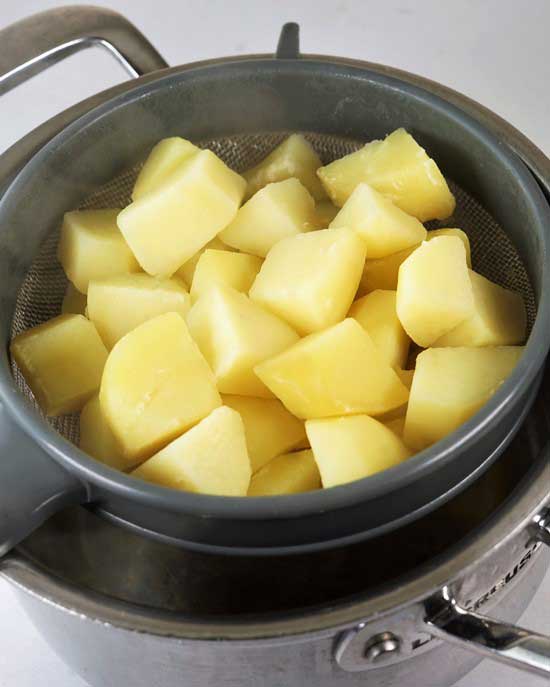
The resting also allows some of the steam to escape and the potatoes to become drier. This stops our fish cakes becoming waterlogged. Some people advise baking the potatoes rather than peeling and boiling. But I think that’s too much faff. Use the right sort of potato, don’t overcook them, leave to rest, and you should be fine.
While the potatoes are resting, you can be opening your tins of sardines. Drain off the oil then break them up a little with a fork.
2. COMBINE FISH CAKE INGREDIENTS
When the potatoes are nice and dry, mash them with the knob of butter (or a little reserved oil from the sardines). Then add in the sardines, chopped dill and lemon zest.
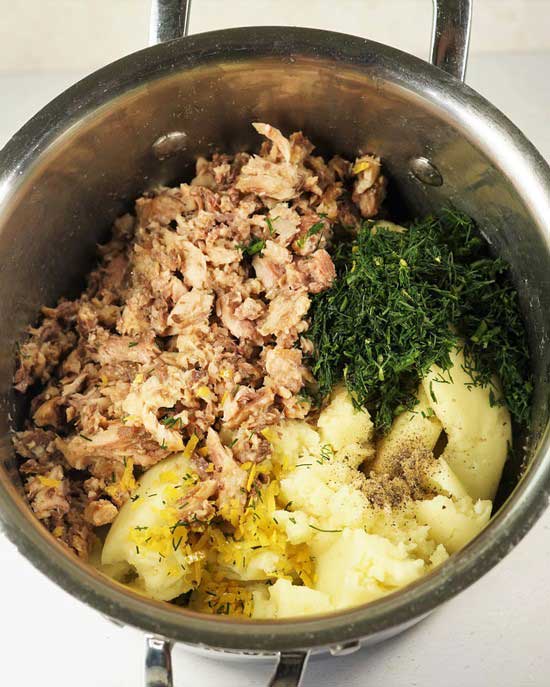
Give it a good grind of black pepper then stir well to combine. Have a taste and add a little salt if you think it needs it, or maybe a bit more pepper.
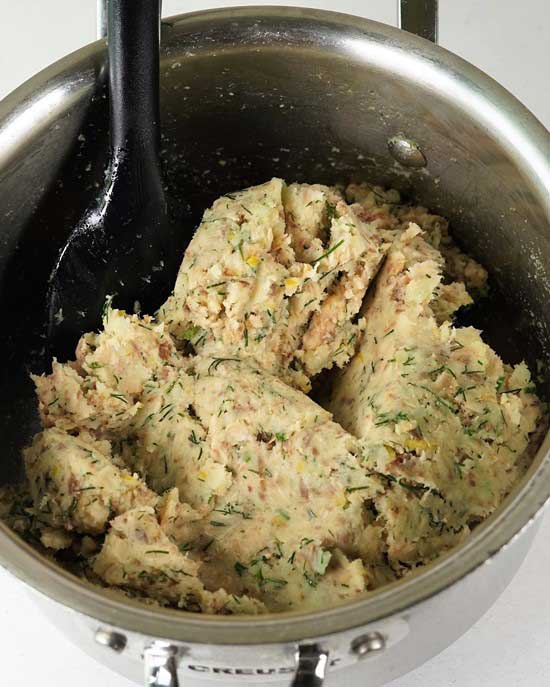
3. CHILL
Although it’s not difficult to form the fish cakes, shaping them is easier if the mixture is cold. So pop it in the fridge for at least 30 minutes.
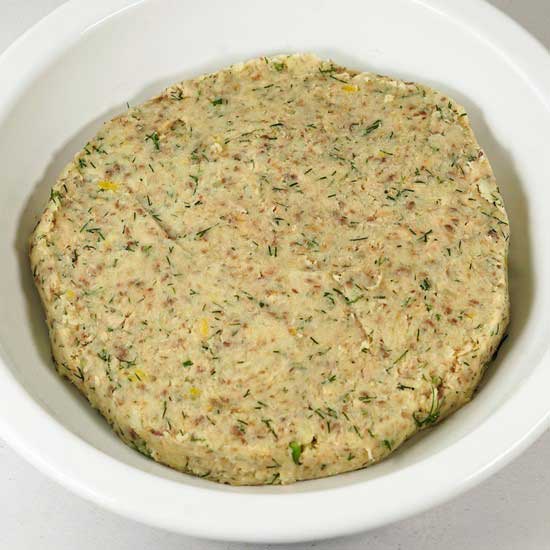
You can leave it for a lot longer than this if you want to get the first two steps done in advance. Up to 24 hours, covered in the fridge, should be fine – most sardine tins say they can be eaten for up to 2 days so long as they’re not stored in the opened tin.
4. SHAPE THE SARDINE FISH CAKES
It’s up to you whether you want to make eight largeish fish cakes or a greater number of smaller ones. Served as a main course, the amounts shown in the recipe card will serve 2-4 depending on appetites. More if you want to serve little ones as starter.
Simply take equal amounts of the mixture between your hands, shape into a rough ball then flatten into a patty. I prefer them not too thick: no more than 1 – 1½ centimetres deep. This is so that when it comes to frying, I can do it in a relatively small amount of oil that will come halfway up the sides.

As you shape them, put the fish cakes on a lightly floured plate or tray so they don’t stick. If you like, you can set aside in the fridge again or go straight to the next step.
5. FLOUR, EGG, CRUMB
The secret to getting a fantastic crunchy crumb on a fish cake is an easy 3-step process. The fancy French cooking term is pané. All that means is that we first lightly coat in plain flour, then beaten egg, then breadcrumbs.
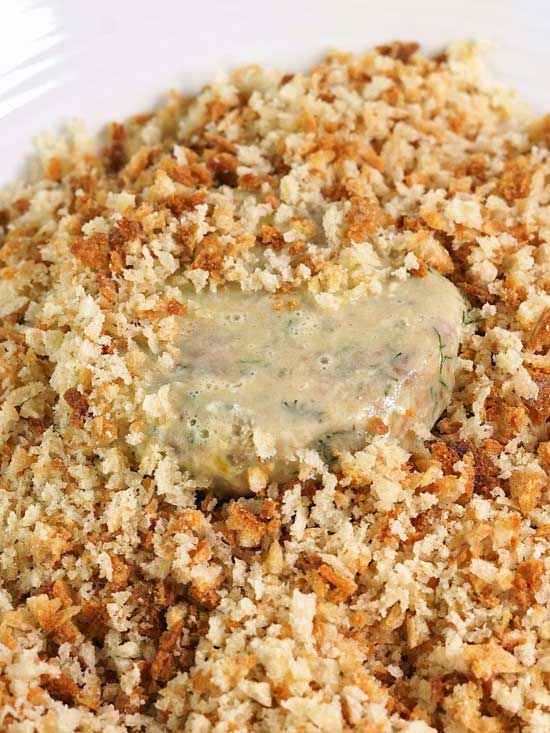
So it’s less sticky to work with, I beat a tablespoon of water into the egg. It will also make life easier if you can keep one hand dry.
After you’ve coated all the fish cakes, this is another point where you can take a pause and chill them until ready to cook. Or you could freeze them.
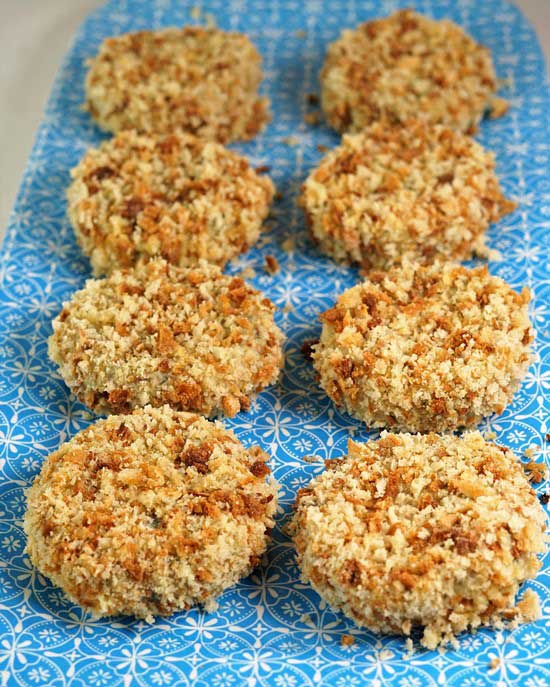
6. FRYING SARDINE FISH CAKES
I fry my fish cakes in a mixture of sunflower and olive oil, plus a knob of butter for extra flavour. But almost any oil suitable for shallow or deep frying should be fine.
I cook them in batches using a smallish, deepish frying pan that will fit three fish cakes without crowding. This means I don’t use lots of oil. Heat to medium-high enough oil to come halfway up the side of the fish cakes. This will ensure the breadcrumb coating is properly cooked all over: I hate to see fish cakes with the sides not properly coated and golden. Turn the fish cakes regularly for even browning and crisping. They shouldn’t take more than 6 – 8 minutes.
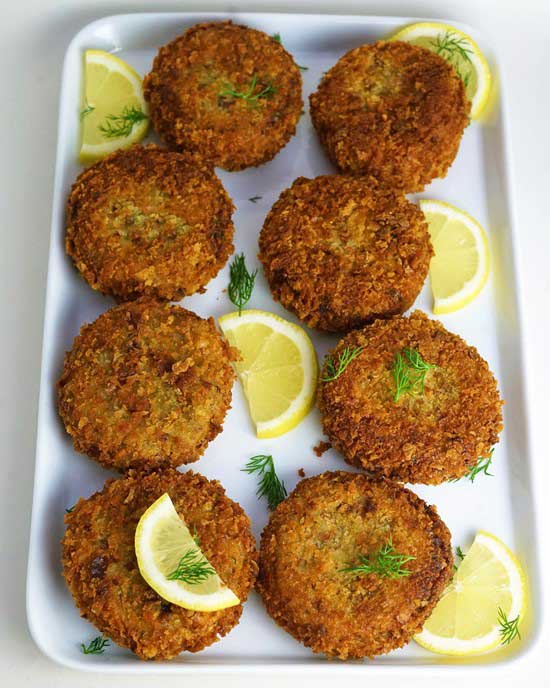
If you want to keep batches warm while you cook the rest, you can put them on a baking tray in a low oven. But I don’t usually bother. I just put them on kitchen paper to absorb any excess oil and then briefly reheat all together. If you do keep them warm in the oven, don’t have the temperature too high or the fish cakes might start to come apart from the sides.
SERVING SARDINE FISH CAKES
My favourite way of serving Sardine Fish Cakes is on top of a salad dressed with some of the dill and mustard sauce. Here there’s lettuce, celery, cucumber, radish, cress, beetroot, gherkin, and more fresh dill.

I drizzle more of the sauce over the fish cakes and put the rest on the table for everyone to help themselves.

With their rich flavour lightened with fresh herbs and lemon, Sardine Fish Cakes have become my favourite version of a much-loved classic. Add to that a golden, crunchy coating and a super-quick, creamy dressing and I think they’ll be a hit at your house too.
If you’ve made these fish cakes, I’d love to see your comments below.

Sardine Fish Cakes with Dill and Mustard sauce
Economical, tasty sardine and potato fish cakes flavoured with dill and lemon. Soft inside with a golden crispy breadcrumb coating. Delicious served with salad and a quick dill and mustard sauce.
Ingredients
- 500 g floury potatoes e.g. Maris Piper, King Edward, Rooster, Russet
- salt to taste
- 180 g tinned sardines in oil, drained weight see Recipe Note #1
- 10 g butter optional: see Recipe Note #2
- 15 g fresh dill finely chopped
- 1 lemon, zest only finely chopped
- ¼ tsp black pepper
For the coating
- 25 g plain flour plus extra for sprinkled
- 1 egg beaten with 1 tbsp water
- 80 - 100 g breadcrumbs
For shallow frying
- oil e.g. olive, sunflower enough to come half way up the sides of the fish cakes
- knob of butter optional
Dill and Mustard Sauce
- 3 rounded tbsp mayonnaise
- 3 rounded tbsp plain yogurt
- 2 rounded tsp wholegrain mustard
- 10 g fresh dill finely chopped
- ¼ tsp black pepper
- salt optional
Instructions
-
Peel the potatoes, wash, then cut into medium chunks.
Put in a pan, cover with cold water and season to taste with salt.
Bring to a boil, turn down and simmer until just tender.
Strain in a colander then leave to rest in the colander while you complete the next step. During this time the potatoes will continue to cook a little and will become drier: this prevents the fish cakes becomes waterlogged.
-
Open the tins of sardines and drain them (reserve a scant tbsp of the oil if you're replacing the butter - see Recipe Note #2).
Transfer to a bowl and break them up with a fork.
-
Put the potatoes back into the dried pan and mash with the butter (or reserved oil).
Add to the potatoes the sardines, dill, lemon zest, and pepper. Stir well then taste and add salt if necessary.
Transfer the mixture to a plate, tray, or suitable container, and spread it out. Put in the fridge and chill for at least 30 minutes to firm up. You can also cover it and store for up to 24 hours if necessary.
-
Divide the mixture into 8 - 12 equal pieces and shape into fish cakes approximately 1 - 1½ cm thick. Transfer to a tray or board that's been sprinkled with flour.
-
Put the measured flour in a shallow bowl or plate, the beaten egg in another, and the breadcrumbs in a third.
Pick up one on the fish cakes and lightly coat it in flour. Then dip it in the egg, turning so it's completely covered, including the sides. Finally cover it in breadcrumbs and transfer to a clean tray, plate or board. Tip: it's quicker and less messy if you can keep one of your hands dry.
Fish cakes can now be fried or kept in the fridge for up to 24 hours, or frozen.
-
Add enough oil to a deepish frying pan so that it will come halfway up the sides of the fish cakes. Add a knob of butter for flavour if liked.
Heat the oil to medium-high.
-
Fry the fish cakes a few at a time so they're not crowded in the pan. Cook until golden brown and crispy all over, turning regularly (approx 6 - 8 min).
Fish cakes can be kept warm in a low oven while you cook the rest, or transferred to kitchen paper to drain and reheated all at once.
-
For the sauce, stir all the ingredients together, taste and add salt if necessary.
Serve the fish cakes with the sauce. Tip: the sauce also makes a great dressing for a salad to eat alongside.
Recipe Notes
Note #1 You can use whole, bone-in tinned sardines or boneless. Bone-in are considerably cheaper and, if you don’t mind a bit of crunch, leave the calcium-rich bones in. Check the drained weigh stated on the tins: you may need 3 tins of boneless but only 2 of bone-in (assuming you don't remove the bones yourself).
Note #2 If preferred, leave out the butter and replace with a scant tablespoon of oil reserved when draining the sardines.
RELATED RECIPES

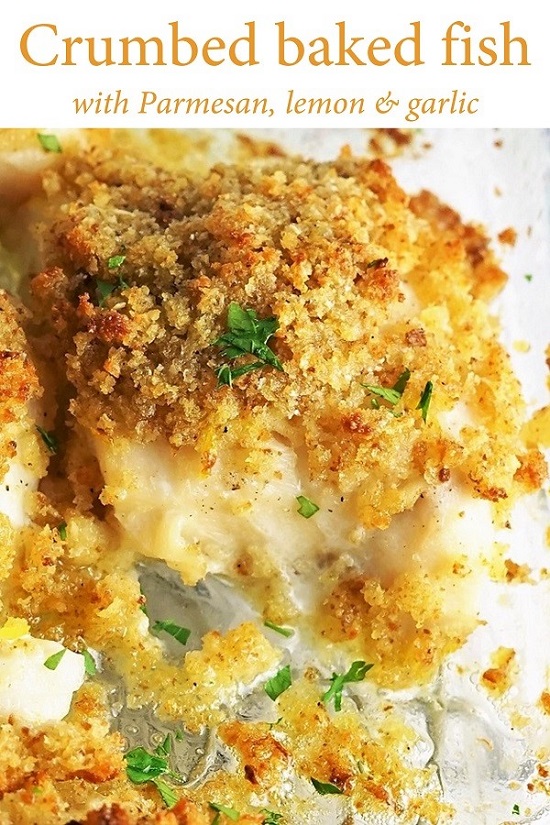

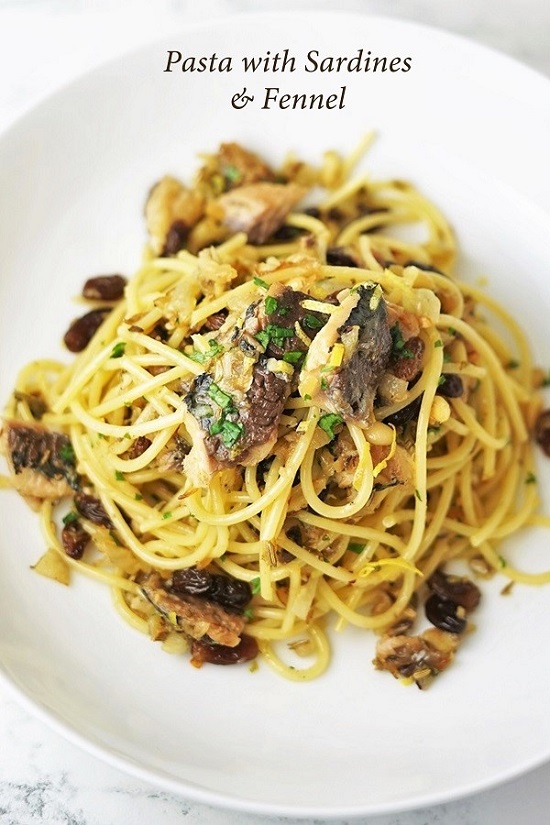
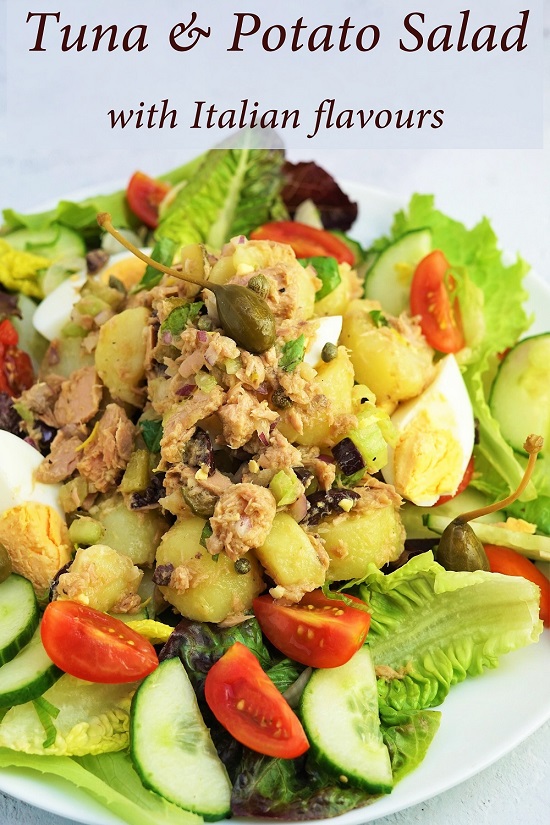

Another fabulous recipe, thank you. As a sardine-hater (not keen on the bones), but wanting to add them to my diet for health, I am so pleased to have found a recipe that works for me. I took inspiration from your plating photos – I had beetroot pickled with a little sweet chilli, and chopped that over the salad. The pickle element is such a good foil to the fishcakes, one of those perfect food pairings. The quick dill sauce was also good, I added some chopped capers to it as well. Next up will be the Sicilian sardine spaghetti which does look very appealing.
Thank you for your great feedback, Sue. Pleased that I’ve helped you find a way to enjoy nutritious sardines! I love the sound of them with beetroot pickled with sweet chilli too. Hope you enjoy the Sicilian inspired recipe too!